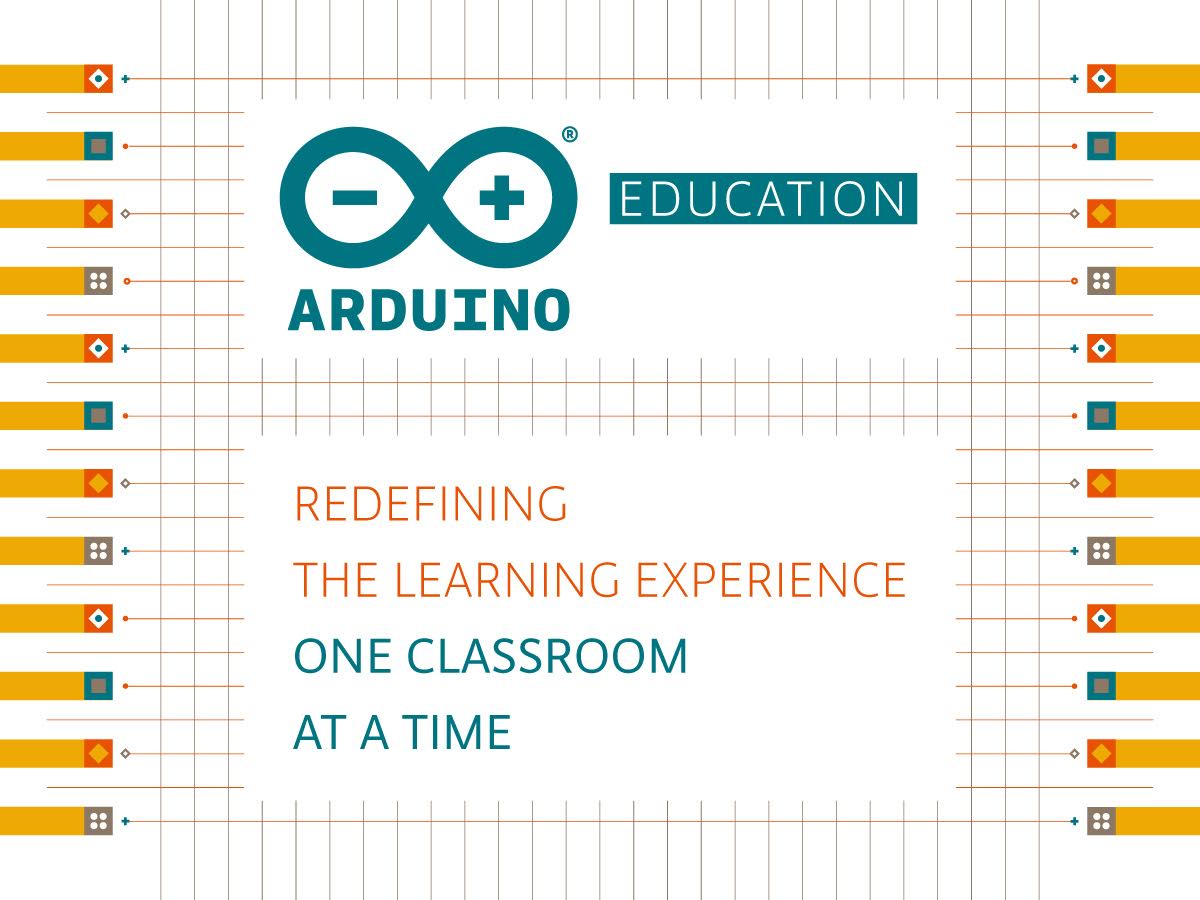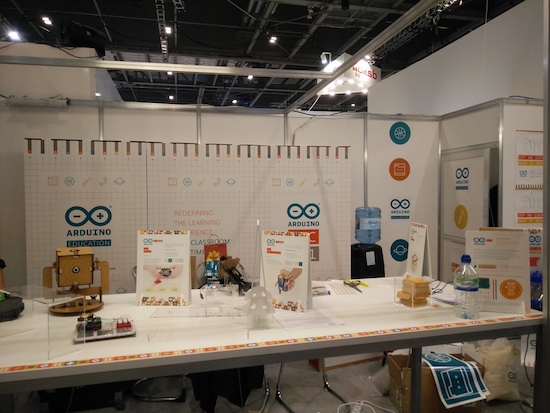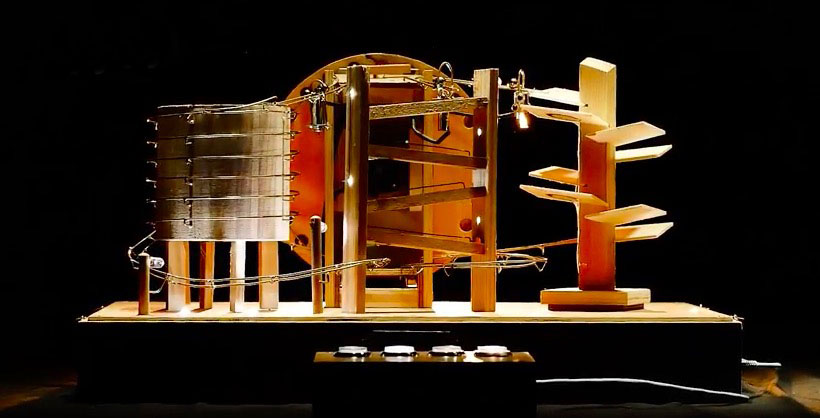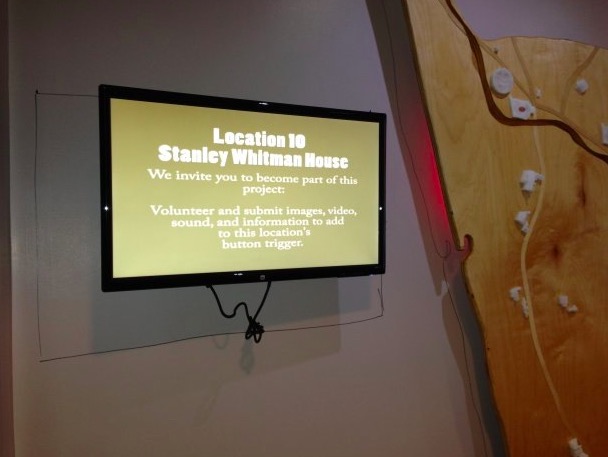Hacker U.
If you go to the University of South Florida, you can take the “Makecourse.” The 15-week program promises to teach CAD software, 3D printing, Arduino-based control systems, and C++. Don’t go to the University of South Florida? No worries. Professor [Rudy Schlaf] and [Eric Tridas] have made the entire course available online. You can see several videos below, but there are many more. The student project videos are great, too, like [Catlin Ryan’s] phase of the moon project (see below) or [Dustin Germain’s] rover (seen above).
In addition to a lesson plan and projects, there’s a complete set of videos (you can see a few below). If you are a regular Hackaday reader, you probably won’t care much about the basic Arduino stuff and the basic electronics–although a good review never hurts anyone. However, the more advanced topics about interrupts, SDCards, pin change interrupts might be just the thing. If you ever wanted to learn Autodesk Inventor, there are videos for that, too.
If you don’t need any of the instruction offered, this would still make a great program to offer at a local hacker space or anywhere else where you want to teach build to build. You can see from the variety of student projects that it is well-balanced and lets students focus on areas where they are most interested.
So much educational material is online now that it is hard to find time to see even a fraction of it. We love EdX, for example, but who has the time to take even a fraction of the classes offered? We always love seeing student projects–they give us ideas. [Bruce Land’s] classes, in particular, are always inspirational.
Filed under: 3d Printer hacks, Arduino Hacks












